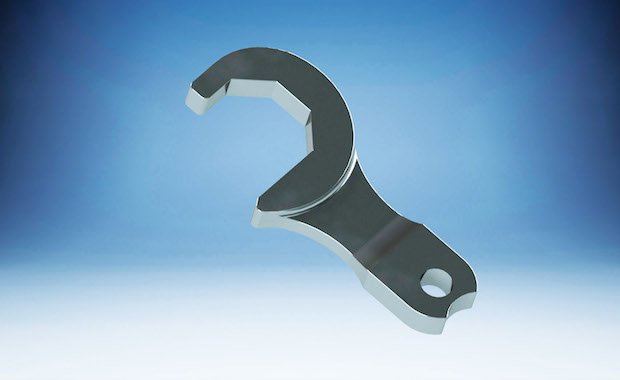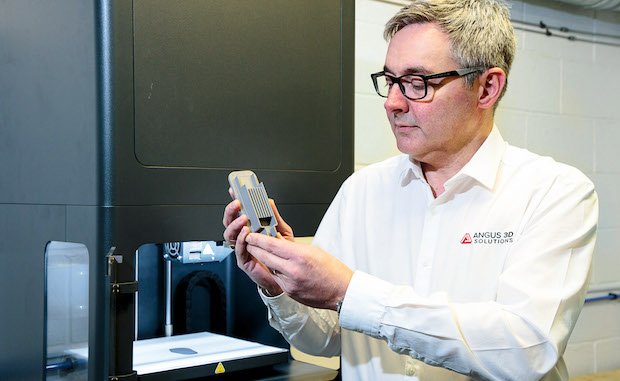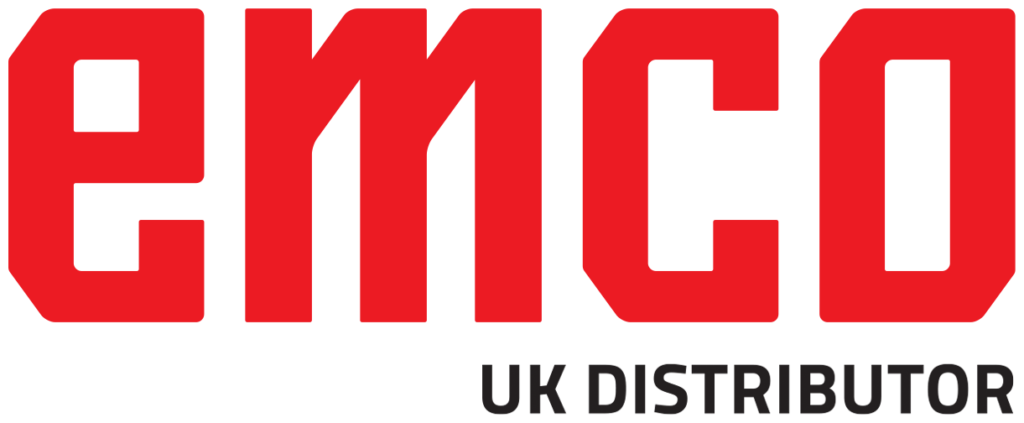
Angus 3D’s custom spanner for W.L. Gore & Associates.
When the Scottish Government outlines ambitions to unlock up to 1 billion GBP potential with its Circular Economy Investment Fund from Zero Waste Scotland, a small firm based in Brechin had an idea: how could additive manufacturing (AM) aid a greener alternative to the traditional economy?
The alternative, the circular economy, aims to keep precious resources in use for as long as possible as opposed to the making and disposing of items. Presenting to Zero Waste Scotland, Angus 3D Solutions, headed up by Andy Simpson, detailed how additive could be the tool to do exactly that by reducing waste in the design process and extending the lifespan of machinery with cheaper and faster manufacture of replacement parts.
Impressed, the Circular Economy Investment Fund awarded the 3D printing service provider with a 175,000 GBP grant and with it, the opportunity to secure a UK first.
Last December, Angus 3D installed the Markforged Metal X, a low-cost metal AM system believed to be the first of its kind in the UK available for commercial use. The machine has already been deployed in a myriad of applications including lightweight custom parts for a bicycle business, the remanufacture of obsolete components for a local textile manufacturer, test pieces for an F1 team, and more recently, a seemingly small yet significant request from a global manufacturer in Dundee.
W. L. Gore & Associates, a material science company specialising in fluoropolymer technology, enlisted Angus to produce a bespoke spanner. The company’s Dundee facility uses several o -the-shelf torque spanners in various sizes and designs during its product assembly operations. In one particular long-running assembly, torquing is required for a custom nut assembly which must align in a way where access is only possible in a certain orientation. Using an o -the-shelf tool led to difficulty in achieving tightness while maintaining the correct alignment without leaving any physical marks on the end product.

Andy Simpson, Managing Director at Angus 3D with the Markforged Metal X.
“W.L Gore are familiar with the advantages 3D printing can bring so when they found out Angus 3D Solutions had taken delivery of the Metal X, they were keen to try this new technology and explore the advantages of 3D printing in metal,” Simpson explained. “When they identified the requirement for specific spanners, it was clear this was a good fit to the technology.”
Angus undertook a redesign of the spanner initially based on traditional designs and machining techniques which, like any low-volume product, would have been time-consuming, complex and costly if manufactured in this way. A quick redesign took into consideration features such as radius, which would be difficult to achieve using subtractive techniques, whilst eliminating the need for work-holding restrictions. The final design resulted in a finished weight of just 43 grams – approximately 53% lighter than traditional manufacturing.
The spanner was sent to the Metal X for printing – the system uses a bind-and-sinter process, offering a lower-cost alternative to common powder-bed metal AM technologies. Though Simpson initially considered using Markforged’s Onyx material, a high-performance nylon, he ultimately selected 17-4 Stainless Steel to enable a good amount of yield strength and an aesthetic that would be close to that of the original spanner.
The part took just 3 hours and 27 minutes to print and 26 hours to sinter, reducing lead time from five weeks to five days. Simpson notes there wasn’t a huge cost saving on this particular case due to the part being sintered on its own and therefore absorbing the full sinter cost. However, with W.L. Gore already looking at further areas where the technology could benefit their product assembly, and Angus setting its sights on larger industries such as oil and gas, medical and satellites, that may not be the case for very long.
